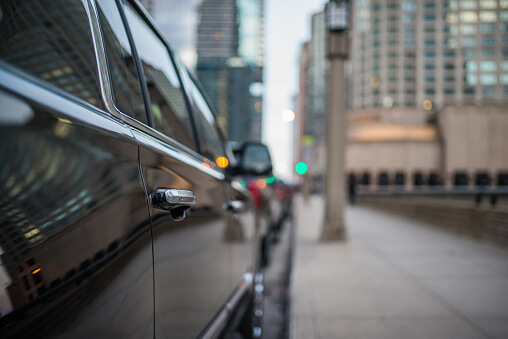As winter gets underway in earnest, the weather is getting worse in Chicago and surrounding areas. You need to make sure you are taking steps to protect yourself from winter driving crashes. A personal injury lawyer knows that changing your behaviors to account for bad weather can make the roads safer.
Safe Driving Tips for Winter Weather
The Federal Highway Administration has conducted a study on how bad weather affects roads. According to the study:
- High winds reduce visibility distance and increase the risk of lane obstruction if the wind blows snow or debris onto the roads.
- Precipitation can result in impaired visibility and obstruction of lanes. It can also affect pavement friction and have an adverse impact on traction.
- Fog can affect visibility.
Statistics from the FHA show the impact that different types of bad weather have on motor vehicle crashes. For example:
- The 10-year average for crashes related to wet pavement is 959,760 collisions. Wet pavement is a cause of 17 percent of motor vehicle collisions.
- The 10-year average for crashes related to snow and sleet is 211,188 collisions. Snow and sleet were factors in approximately four percent of collisions.
- The 10-year average for crashes related to icy pavement is 154,580. A total of three percent of car crashes involved icy pavement.
- The 10-year average for crashes related to snow and slushy pavement is 175,233 collisions. A total of three percent of vehicle collisions involved slushy pavement resulting from snow.
- The 10-year average for crashes involving fog is 31,385. Fog is a factor in one percent of vehicle crashes.
In total, the 10-year average for weather-related vehicle crashes is 1,311,970 collisions. Weather is a factor in around 23 percent of crashes.
Although weather makes conditions less safe, there are things that drivers can do to try to protect themselves. AAA provides some tips for safe winter driving. Drivers should:
- Check weather reports, especially before traveling into more isolated areas in their vehicles. Trips should be postponed in situations where the weather is really bad.
- Drive more slowly when the weather is bad. When you accelerate and decelerate quickly, you increase the chance of losing traction and skidding.
- Turning, stopping, and accelerating all take longer on wet roads, and you need to slow your vehicle to account for this.
- Increase your following distance. The normal safe following distance is usually around three to four seconds, but you should increase this to between eight and 10 seconds when the weather is bad.
- Know how to safely stop. For people with antilock brakes, threshold braking is usually the best way to stop safely. This means keeping the heel of your foot on the floor of your vehicle and applying firm but steady pressure to the brake pedal with the ball of your foot.
- Keep your gas tank at least half full. This avoids freezing in gas lines and ensures you don’t run out of gas if your commute takes much longer because of an unexpected blizzard.
By following these safe driving tips this winter, hopefully you can get to your destination safely and reduce the chances of a winter weather crash occurring.
A Chicago, IL accident attorney can help after an injury. Call Coplan & Crane at 800-394-6002 to schedule your free consultation. Serving Chicago and surrounding areas.
















